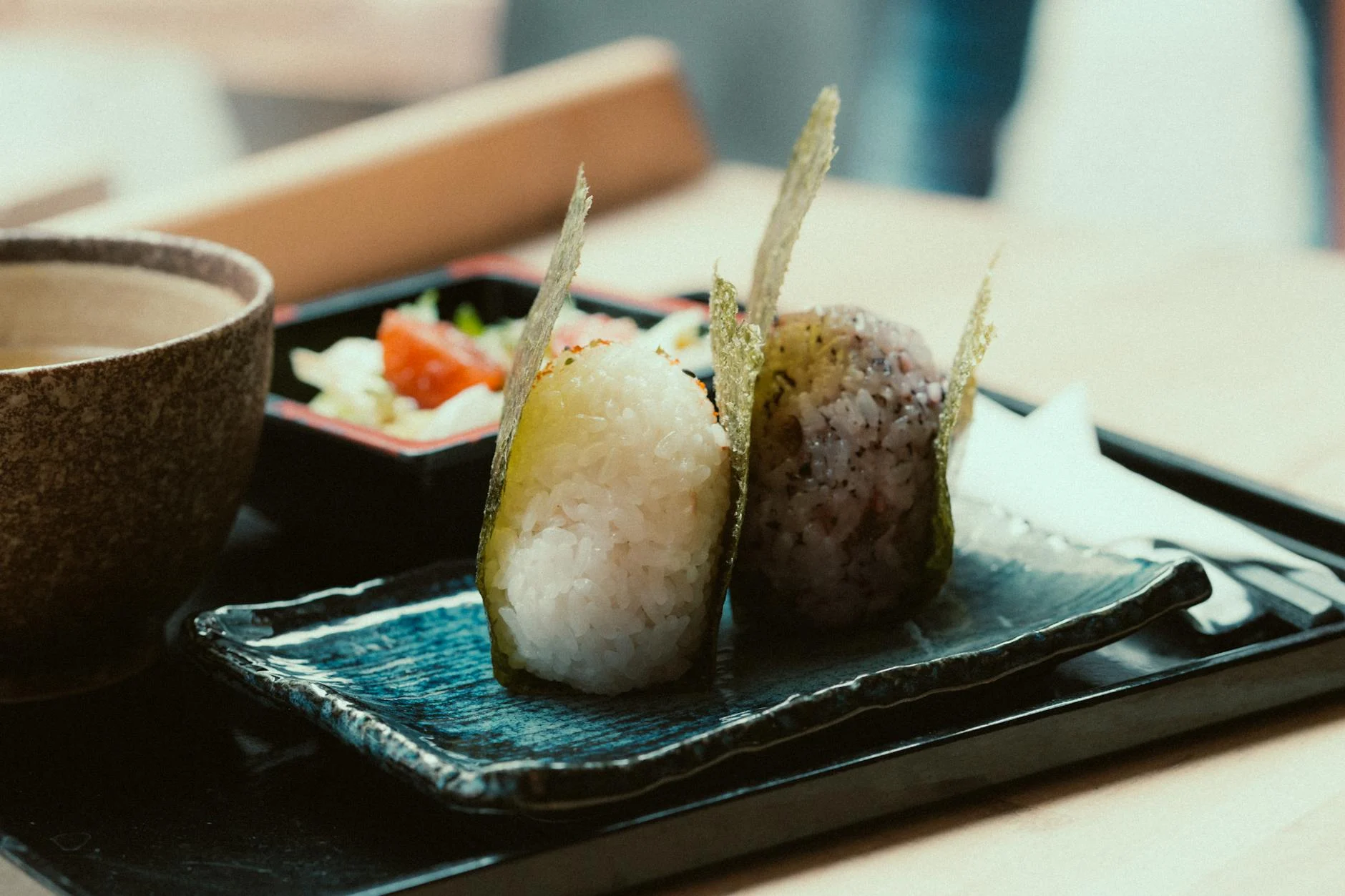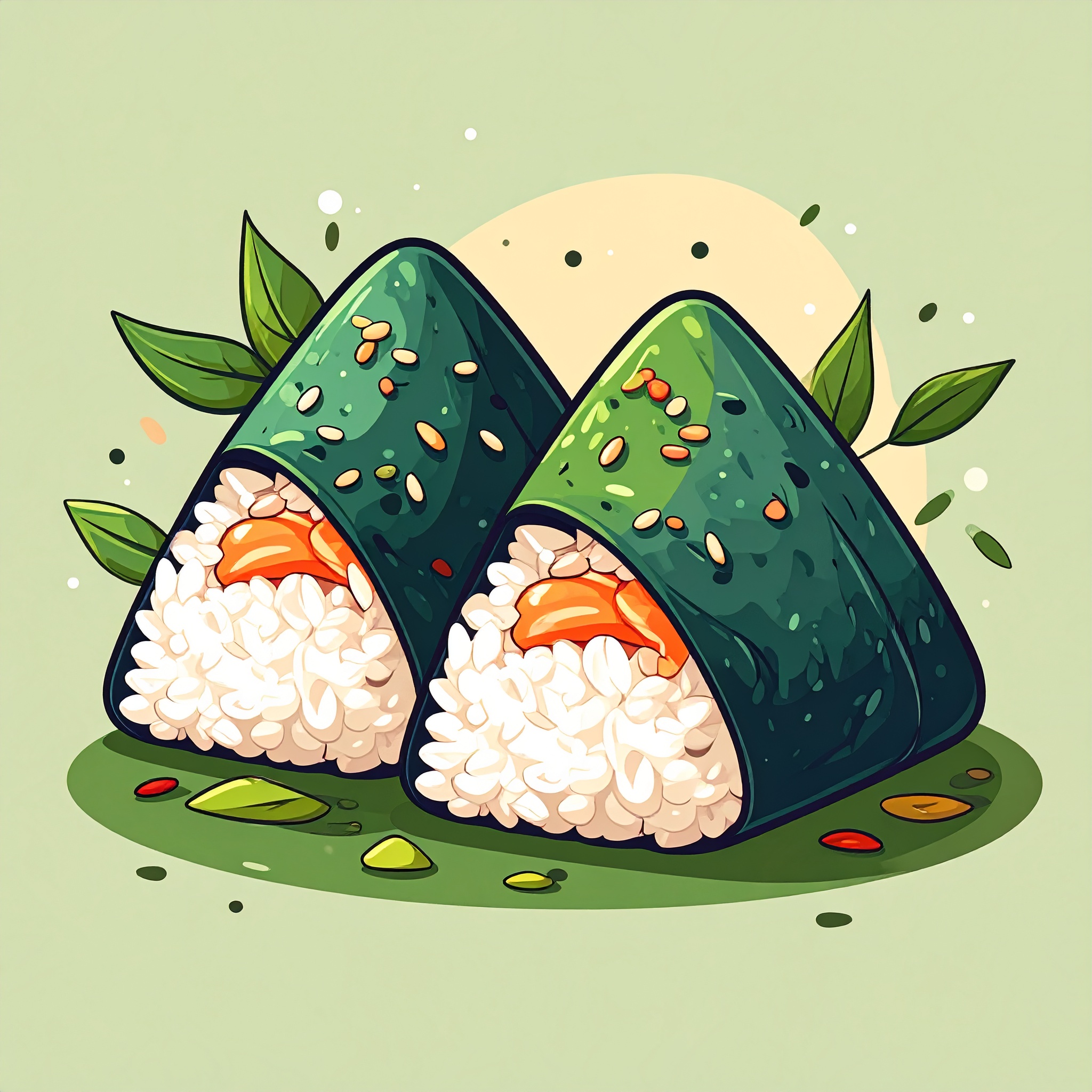Among international travelers to Japan today, a quietly celebrated delicacy is emerging—not lavish sushi or elaborate kaiseki, but something far more unassuming: onigiri.
Simple in form yet rich in cultural meaning, these hand-shaped rice balls come in various styles—triangular, round, or barrel-shaped—and are filled with a stunning variety of ingredients. From traditional flavors like kelp, pickled plum, grilled salmon, and spicy cod roe to contemporary twists like tuna-mayo, cheese, or savory meats, onigiri found in convenience stores and specialty shops alike offer a curated selection that is both accessible and deeply comforting.
Effortlessly eaten with one hand and modestly priced, each onigiri is a quiet reminder of the Japanese reverence for balance and harmony. For many first-time visitors, the first bite reveals a surprising complexity: the subtle sweetness of rice, the aroma of seaweed, and the gentle firmness of the hand-formed shape. Familiar yet unlike anything elsewhere, this distinctly Japanese taste lingers long after the meal, creating loyal devotees from around the world.

Behind the growing global appeal of onigiri lies Japan’s singular and refined rice culture. Only limited countries center their culinary traditions around rice cultivation, and among them, Japan is renowned for its unmatched dedication to rice quality and preparation. Each grain is carefully cultivated to achieve a delicate balance—distinct, tender, slightly chewy, and subtly sweet even when cooled. This excellence is the result of centuries of climatic adaptation, selective breeding, and meticulous agricultural craftsmanship.
The art of cooking rice in Japan is equally precise. Every element—water ratio, soaking time, heat control, and post-steam rest—is fine-tuned to perfection. While advanced rice cookers now replicate this precision in modern homes, traditional establishments such as ryokan inns and heritage restaurants continue to embrace time-honored methods using gas or clay pots, preserving an artisanal quality that elevates the grain to its fullest potential.
It is precisely this cultural and technical heritage that elevates rice in Japan from a simple staple to the very centerpiece of the culinary experience. From sushi and donburi to traditional set meals and onigiri, rice is never merely a base—it defines the quality and character of the entire dish. The grain itself, with its subtle aroma, texture, and nuanced sweetness, carries a presence so significant that it becomes the foundation upon which the entire meal is judged.
Some travelers to Japan have been known to say, “It’s worth visiting Japan just for the onigiri.” Their astonishment often begins at an unexpected place: the convenience store. Each onigiri lined up on the shelves is the result of meticulous refinement—a fusion of artisan-level technique and advanced product design. Every detail, from the proportion of the filling to the wrapping of the seaweed and the ease of unpeeling the protective film, is engineered for optimal experience. What appears simple is, in fact, a masterpiece of innovation and consumer insight.
Meanwhile, onigiri crafted in specialty shops represents the pinnacle of culinary artistry. Made with freshly steamed premium rice and seasonal ingredients, these rice balls are hand-formed with precision. The salt, pressure, and temperature are carefully calibrated to create the perfect bite. Many of these establishments see lines forming early in the morning, with international guests eager to experience this uniquely Japanese delicacy.
Onigiri is more than a dish—it is a symbol of omotenashi, the spirit of heartfelt hospitality that lies at the core of Japanese culture. Whether prepared at home for a child’s school trip, a businessperson’s lunch, or a traveler’s journey, each handmade onigiri carries a personal touch. For many foreign visitors, this simple food becomes a gateway to the warmth and emotional depth of Japanese daily life.

Rice culture as a reflection of regional character and Japanese identity. Rice is more than a staple in Japan—it is a cultural touchstone, deeply intertwined with the nation’s geography and heritage. Each region of the country boasts its own distinct variety: the resilient grains of Hokkaido, nurtured in the northern climate; the refined selections from the cool, crisp fields of Tohoku; and the sweet, full-bodied rice from the sun-kissed lands of Kyushu. Tasting rice in each locality is not merely a culinary experience, but a gateway into the soul of the region. Enjoying a local rice ball (onigiri) at a destination adds depth and authenticity to the journey.
Japanese rice cuisine enjoys popularity overseas, yet even with identical ingredients, the onigiri found abroad cannot quite replicate the taste found within Japan. It is this subtle difference that elevates the value of the travel experience. The climate, cooking method, salt quality, fillings, and—most critically—the harmony between the rice and water all converge to create what can only be described as a truly authentic onigiri.
In Japan, rice is both an everyday sustenance and a symbol of celebration. It appears not only on dinner tables but also in sacred rituals, festivals, and pivotal life moments. This deep cultural reverence has cultivated a rice cuisine that transcends nutrition; it is one of the essential elements that bring richness and color to life.
Culinary travel is no longer a novelty—but in Japan, the journey often begins not with a lavish banquet, but with a single grain of rice, a modest rice ball. Amidst iconic landmarks and vibrant festivals, it is often the unassuming onigiri—from a train station kiosk, a convenience store shelf, or a ryokan breakfast—that offers the most genuine and moving connection to Japanese culture.
The aroma of freshly cooked rice, its warmth in the palm, the soft texture against one’s fingers, and the gentle crispness of nori—all of these quiet details speak volumes about the elegance and depth of Japan.




